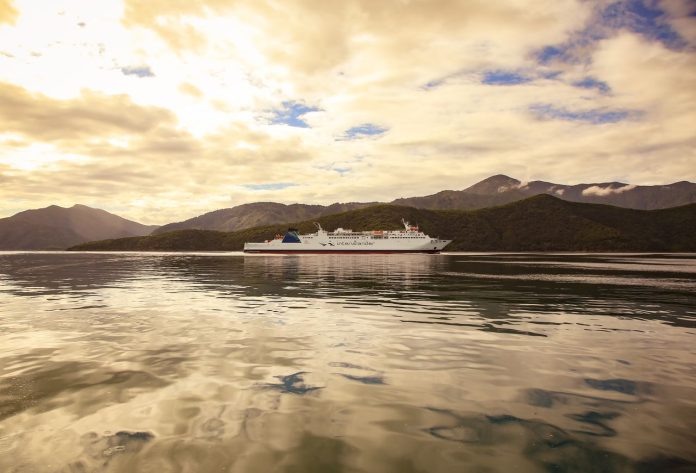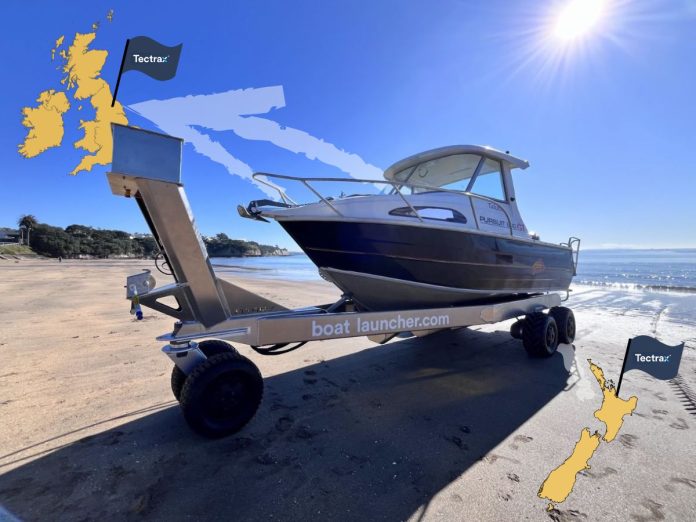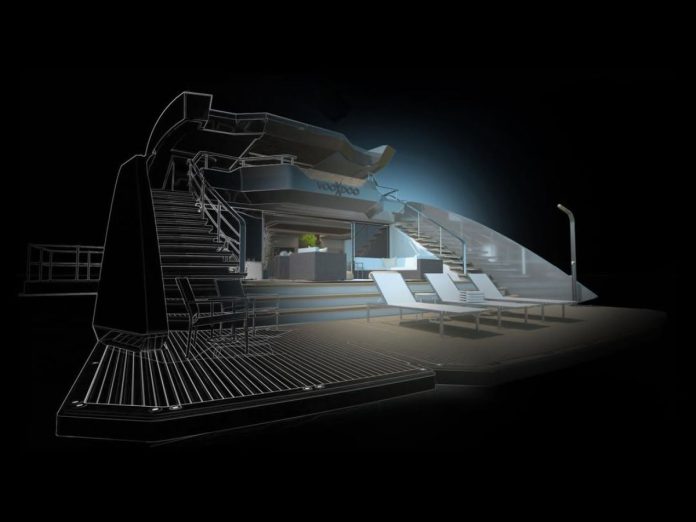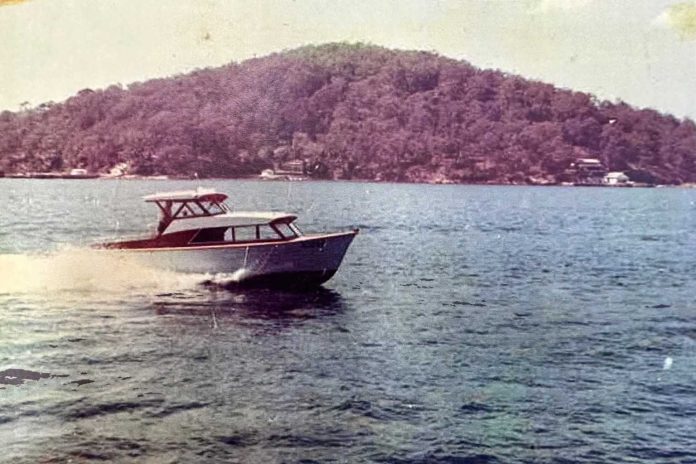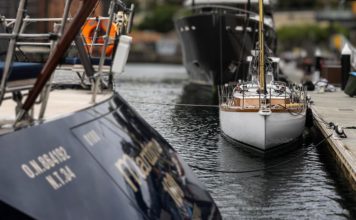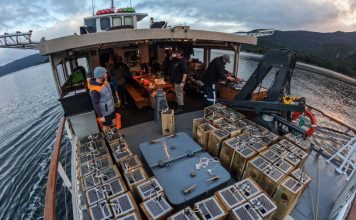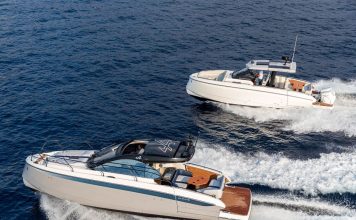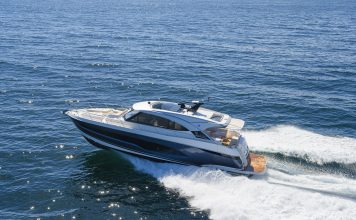A Spanish beginning
The ferry Aratere was conceived in the late 1990s, when New Zealand’s inter-island fleet was due for renewal. Built in 1998 by the Spanish yard Hijos de J. Barreras S.A in Vigo, she was designed to be both versatile and modern. At 150 metres long and weighing 12,595 gross tonnes, she could carry 400 passengers alongside either 1,005 lane metres of road freight or 425 metres of rail freight.
She was a true dual-purpose vessel, purpose-built for the unique demands of Cook Strait. Her name, Aratere, translates from te reo Māori as “Quick Path” — an apt description for a ship tasked with keeping two islands connected across one of the most notorious stretches of water in the Southern Hemisphere.
When she set out from Spain in December 1998, expectations were high. But Aratere’s maiden voyage to New Zealand was a saga of mechanical hiccups and frustration. Electrical fuses blew, gearbox couplings failed, and at one point she drifted helplessly in the South Atlantic. Even after she limped into Wellington in January 1999, expired safety certificates meant her debut had to be delayed while paperwork and modifications were sorted.
The teething problems quickly earned her the unfortunate nickname “El Lemon”, a label that stuck far longer than anyone at Tranz Rail — her owners at the time — would have liked. Yet for all her rocky beginnings, Aratere would prove to be far more than the punchline she once was.
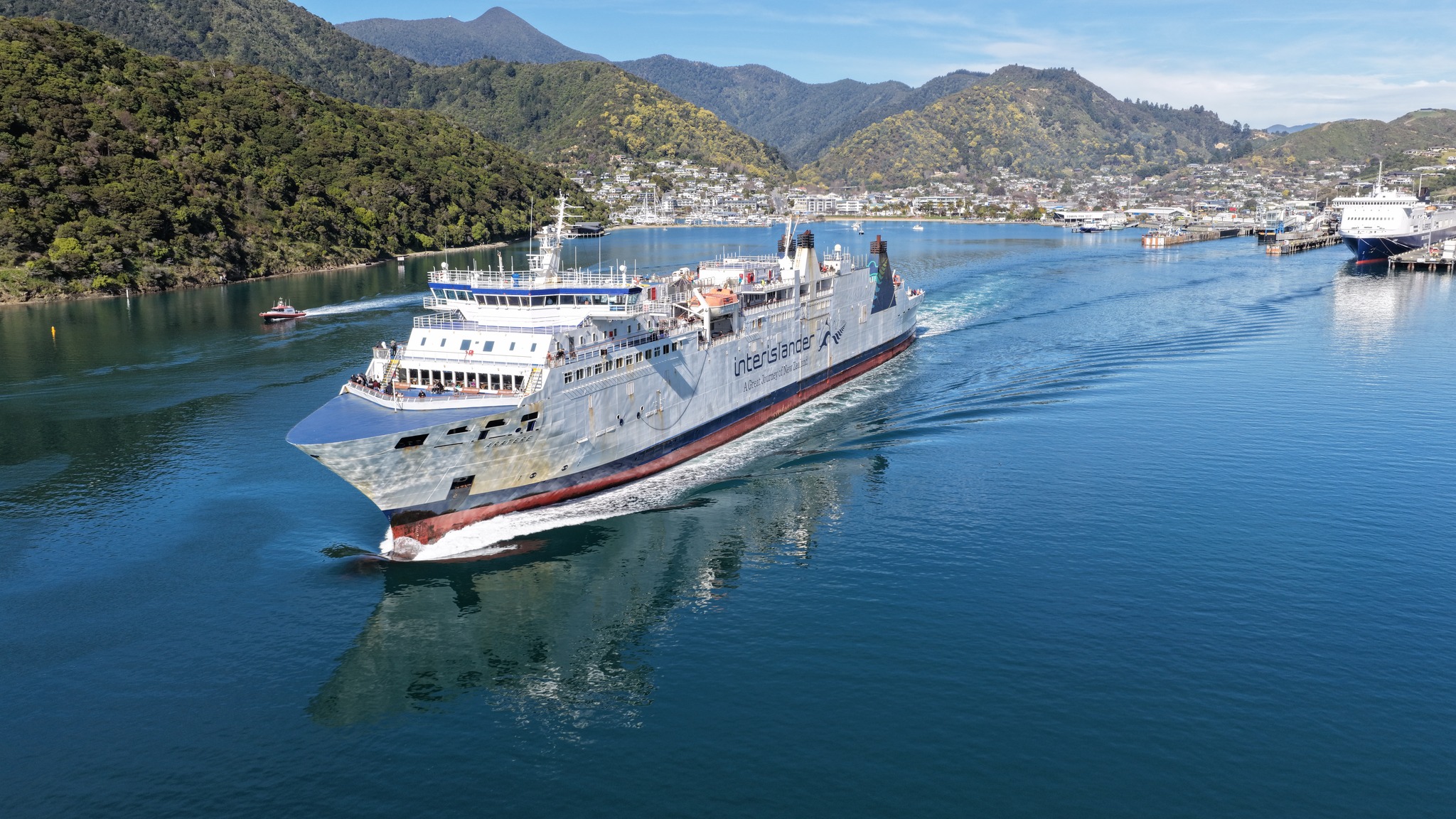
Innovation at the wharf
When Aratere finally entered service in 1999, she was notable not just for her sleek lines but also for the technology she carried. Among her innovations was the Ironsailor system, developed in New Zealand. This vacuum-based mooring device replaced traditional ropes and allowed the ship to be secured to the wharf in seconds.
At the time it was cutting-edge, part of a push to make turnarounds more efficient and safer for crew. Passengers might not have noticed, but for the crews working Wellington’s bustling ferry terminals, Aratere represented a shift in how ships could be handled.
She also arrived during a period of change in New Zealand travel. Cut-price airfares were opening new domestic options, while the campervan boom was drawing more international tourists onto the ferries. Aratere’s design aimed to meet that dual demand: carrying tourists in cars and campervans while still keeping rail freight moving across the Cook Strait.
Growing pains
Despite her promise, Aratere’s early years were punctuated by high-profile mishaps. In February 1999, she lost power in Wellington Harbour and drifted, sparking concerns about reliability. A year later, a piston blew, causing weeks of delays. In 2003, she struck the fishing vessel San Domenico while manoeuvring in rough weather, causing significant damage. In 2004, she came perilously close to grounding in Tory Channel when her automatic track-keeping system went astray.
By 2005, the Maritime Safety Authority openly declared a “crisis of confidence” in the ship after a string of mechanical failures. Aratere was briefly detained in Picton, a rare move that underscored how much scrutiny she was under.
Yet for all the drama, Aratere remained in service. She was a stubborn survivor, and over time, crews adapted to her quirks and kept her moving. For freight operators and travellers, she became part of daily life on the strait — temperamental, yes, but dependable enough when it counted.
The great stretch of 2011
By 2011, Interislander needed more capacity, and Aratere was chosen for a bold solution. She sailed to Singapore’s Sembawang Shipyard, where shipbuilders literally cut her in half.
A 30-metre midsection was inserted, extending her overall length to 183.69 metres and boosting her gross tonnage to 17,816. A new bow and stern were fitted, propulsion upgrades were made, and passenger spaces were refurbished.
The result was a ferry capable of carrying 650 passengers, 30 trucks or 230 cars, and 28 rail wagons — a significant increase over her original design. For the Interislander service, it was one of the most ambitious engineering projects ever attempted.
New Zealanders followed the “stretching” with fascination, as photos and updates from Singapore circulated online. Captain Bob Nixon, who was aboard for the return voyage, later remarked that the extended ship looked dramatically different. “You stand at one end of the cargo deck and look to the other — they do look quite long. It makes a difference and it takes a lot longer to walk down there now.”
But the refit wasn’t without its quirks. Alongside her gleaming new section came a very Kiwi problem: reports of a rat infestation onboard after the Singapore stay. Pest controllers dealt with it swiftly, but the story stuck in maritime folklore.
Milestones and mishaps
Aratere’s post-extension years were as eventful as her first. In 2013, she suffered one of her most dramatic failures when a propeller fell off during a Cook Strait crossing. The missing piece was later recovered from the seabed, but the episode kept her out of full service for months.
In 2023, a power blackout on board was traced to deteriorating electrical tape holding wiring together — a humbling reminder of how small details can cripple a large vessel.
And in June 2024, Aratere ran aground just outside Picton after a new autopilot system was mistakenly left in control. Forty-seven people were aboard, and while no one was hurt, the grounding sparked another investigation. The official report later revealed that the crew were unfamiliar with the system’s override, delaying their response.
Just weeks later, she suffered a hull puncture while berthing in Wellington in strong winds. By then, her reputation as a “colourful” ship was cemented.
Life aboard
For passengers, Aratere was often more memorable for the journey than the vessel itself. Cook Strait is no gentle crossing, and whether it was a summer sailing with dolphins off the bow or a winter run through heavy seas, the experience was unforgettable.
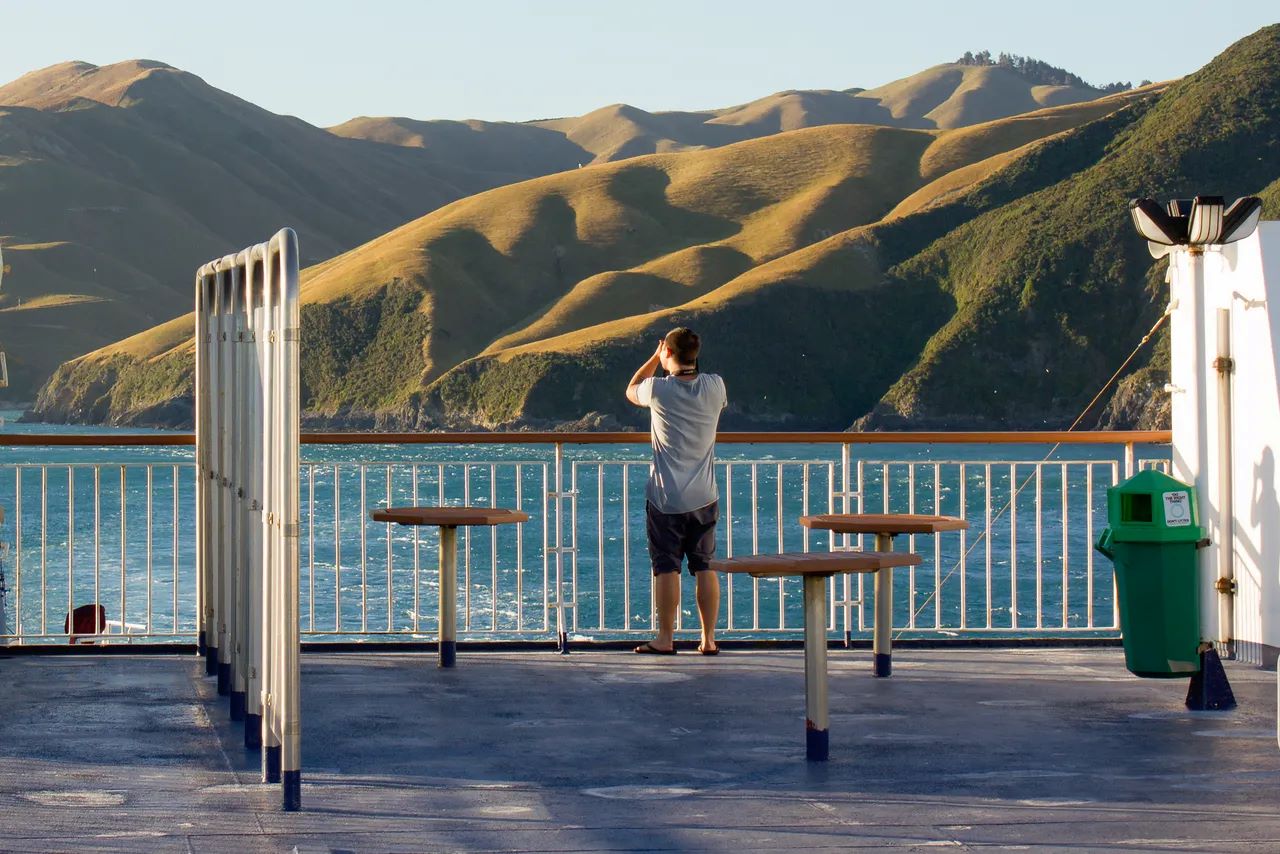
Truck drivers and rail crews had their own attachments. Given the amount of time some passengers and much of the crew spent onboard, the Aratere became a second home, not just a place to rest but also making connections and friendships.
By the numbers
Across her 26-year career, Aratere notched up an impressive record:
- 53,000 Cook Strait crossings.
- 5 million passengers carried.
- 1.5 million passenger vehicles.
- 500,000 trucks.
All of this achieved with a crew of just 31, working around the clock in shifts.
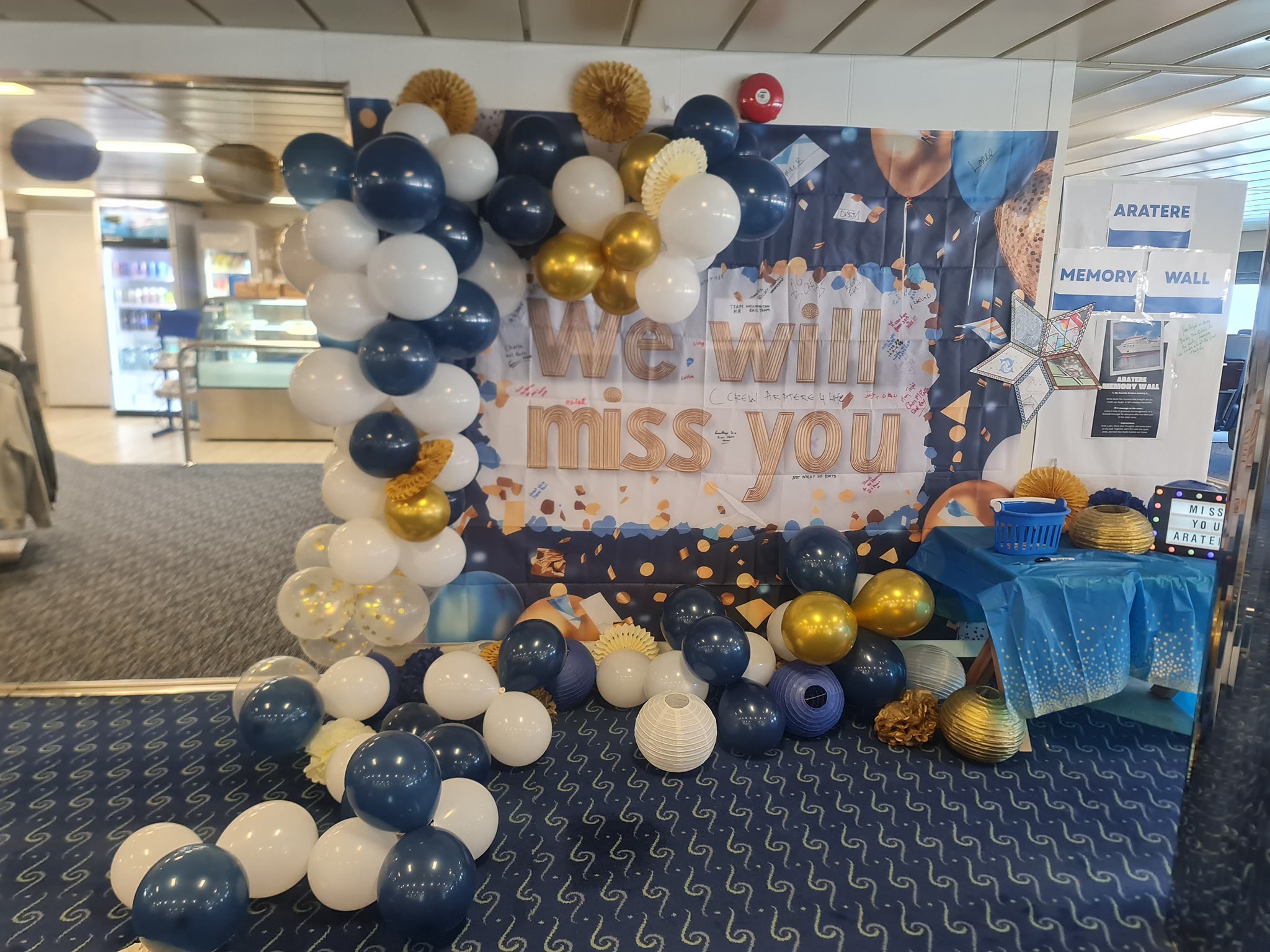
The final voyage
On 18 August 2025, Aratere sailed her last scheduled crossing from Picton to Wellington. For many, it was an emotional moment. The crew decorated the interior with balloons, offered cupcakes, and shared in the bittersweet atmosphere of farewell. Some staff even dressed in costume, adding a touch of celebration to the sadness.
After docking in Wellington, Aratere’s engines fell silent. Her future remains uncertain. Whether she ends up scrapped, sold, or laid up indefinitely, her service to New Zealand is complete.
Legacy of a workhorse
Aratere will be remembered as a ship of contradictions. She was plagued by mechanical woes, yet carried millions safely across one of the world’s roughest ferry routes. She was criticised early on, yet endured for more than two decades. She was called El Lemon, but for many she was the most reliable bridge between islands.
Her retirement also closes a chapter in New Zealand’s maritime story: she was the last ferry capable of carrying rail wagons directly across the strait. With her departure, the tradition of rail ferries — begun with the Aramoana in 1962 — is paused, perhaps permanently.
For now, she sits in Wellington, her career written in the wake she leaves behind. She may not have been perfect, but in her 26 years, she was — in every sense of the name she carried — a quick path across the sea.
Further reading:
Aratere ferry slide show, URL: https://nzhistory.govt.nz/media/interactive/rough-seas, (Manatū Taonga — Ministry for Culture and Heritage), updated
DEV Aratere, URL: https://en.wikipedia.org/wiki/DEV_Aratere, (Wikipedia) last seen 19-August-2025
Aratere, URL: https://www.interislander.co.nz/about/history/aratere, (Interislander) last seen 19-August-2025
M0-2003-210, URL : https://www.taic.org.nz/inquiry/mo-2003-210, (Transport Accident Investigation Commission), last seen 19-August-2025
Aratere (Ferry), URL : https://natlib.govt.nz/records/43654911, (National Library), last seen 19-August-2025








